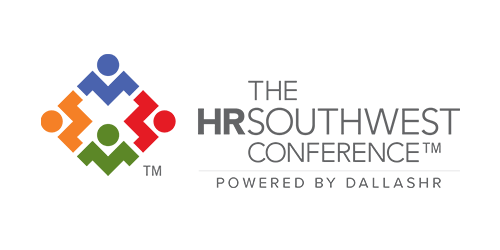
Working Without Pants: The Remote and Hybrid Workforce
Earlier this year, it looked like return-to-work plans were gaining steam. Across industries, large employers and smaller businesses set return dates and updated health and safety protocols. Then Delta upended plans. In response, some of the biggest companies in the US have pushed return dates into January 2022 (and later—like Airbnb, which has said September 2022). Others, like American Airlines and Apple, are moving ahead with formalizing hybrid in-office schedules.
What are some of the most important considerations and emerging trends for HR professionals to know? Let’s take a closer look.
Managing a remote workforce
Over the last year, we’ve learned managing a remote workforce presents different challenges than managing workers in an office environment. Some remote workers prize the flexibility they’ve gained to balance work and life, especially when it comes to childcare, caregiving, or educational commitments. Others struggle with productivity and focus and will prefer a return to the office.
For some organizations, remote work has altered or frayed company culture. Whether you’re planning a full return to the office, remaining remote, or embracing a hybrid schedule, experts note employers should prioritize re-engaging employees and ensuring they feel their concerns are addressed. These can include:
- Return vs. remote. Not everyone is ready to return to the office. Some employees appreciate or need the flexibility of continuing to work from home. This is especially true if family members need to quarantine, or a spouse’s job allows for less flexibility. Others will want to return, needing social interaction, access to tools and ability to focus (or they can’t fully do their jobs remotely).
- Return “trial” period. Companies considering a return to the office, or a hybrid work schedule may want to pilot a trial period helping employees adjust to returning to in-person work. This trial period can address anxiety as well as allow employees to make necessary arrangements for childcare, transportation, and more.
- Social distancing. With unknowns about variants, it’s essential to consider social distancing needs in the office. Depending on your local, industry, or company COVID-19 guidelines, there are likely other compliance requirements, like masking, mandatory vaccination or testing, and more.
- Company culture. What brought employees together prior to the pandemic isn’t the same now, especially if your organization is still remote or will be moving to a hybrid schedule. Employers should consider ways to foster relationship-building between colleagues again. Creative ideas include virtual happy hours, stand-up meetings to start the day, games and contests, shout-outs, and other events following company and/or local health and safety guidelines.
The bottom line is that it’s crucially important to maintain connection and communication during and after this time of transition.
A period of historic employee stress
Here’s why it matters: Employers who are proactive about employee health and well-being—and about employees’ needs—will be better positioned to protect their talent and distinguish themselves as employers of choice, according to research from Willis Towers Watson.
Over the last 18 months, employees and their families have experienced historic stress. A perfect storm of factors contributed. Remote workdays average nearly 50 minutes longer. Employees faced a great deal of uncertainty, including concerns about financial stability amid historic levels of unemployment. Remote school strained families. Furthermore, a polarized political environment and what seemed like endless bad news contributed to a sense of chronic stress for millions over the last year.
Companies who demonstrate empathy through flexibility, connection, expansion of benefits and other means are likely to experience less attrition and more engagement—especially important as the talent market has become highly competitive again.
Work in the time of COVID-19 is still evolving. Eighteen months into the digital workplace, it’s essential to maintain and build connection and demonstrate empathy for a stressed workforce. What are you seeing in your workplace? How have you handled reopening or moving to a hybrid schedule?
DallasHR is the third largest SHRM affiliate chapter in the nation. With more than 2,300 engaged HR professionals, the Chapter has been Advancing the Value of HR since 1939 through cutting-edge education, fun networking events and opportunities to share best practices with others in the field of HR. The Chapter powers The HRSouthwest Conference, one of the largest regional HR events in the U.S. hosting more than 2,400 attendees in Fort Worth annually. DallasHR events are held in both Dallas and Collin Counties. Visit us at dallashr.org to join or hrsouthwest.com to register and follow us at #DALLASHR, #HRSWC.





